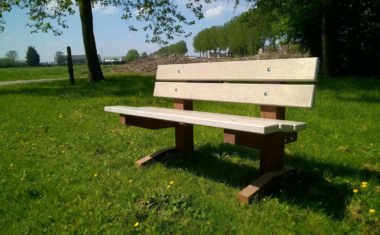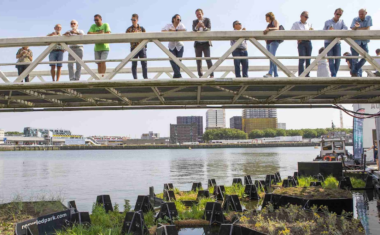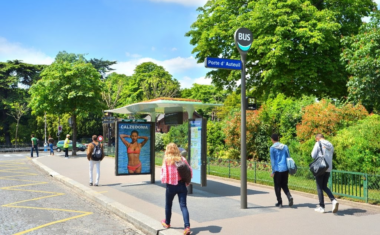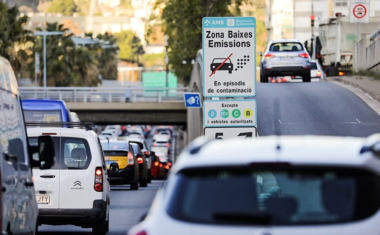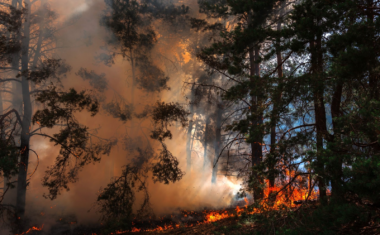Greening 50 Houses
- 8
- 7 min to read
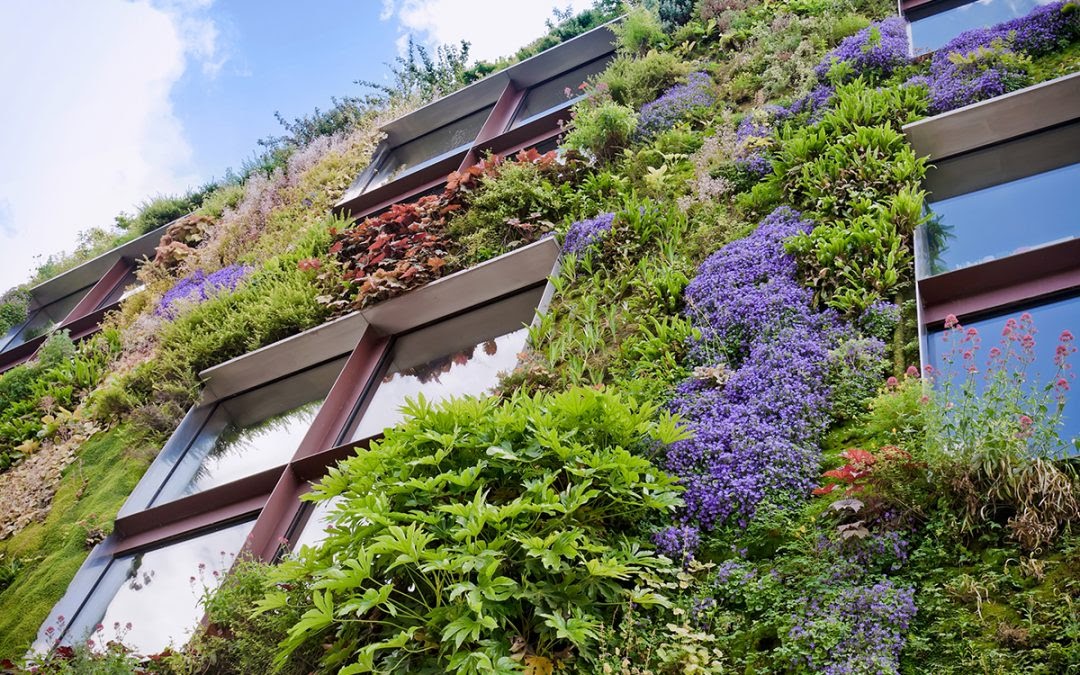
About Vienna. According to climate forecasts, Vienna is expected to experience more heat in the summer in the future – in some years there will be up to 100 days with temperatures above 30°C, which would mean an increase of 550% compared to the average for 1981-2010.
Goal
The aim of the project is to provide people living in Vienna with green and open spaces with a better air quality close to the living areas.
Implementation period. The project’s implementation started in 2019.
Fact
Green buildings or facades reduce the perceived temperature up to 13°C and thus counteract “urban heat islands”.
Solutions
Green facades prevent the formation of “urban heat islands” and improve the urban microclimate. The 50 Green Houses research project has created two tools – a web platform and a low-tech green facade system-that are integrated to guide the owner through the entire process from the first idea of having a green facade to installing and taking care of plants.
The main element of the web platform is a web-form that asks, in a three-step process for all the information required by official structures and for planning a green facade. The first two steps relate to basic information, such as address and building and location information, and can be filled in by anyone. At the last step, the form asks for legally binding documents, such as care obligation and a circular resolution confirming that the majority of homeowners agree with the green facade.
The second part of the project is a low-tech green facade system BeRTA. The BeRTA green facade module consists of a 300-litre planter tub, trellis, soil substrate and two climbing plants that together cover approximately 8 m2 of the facade. When choosing suitable plants, designers take into account the planned site and the nature of the facade. Experts support stakeholders throughout the process, from the initial on-site consultation to the planning and installation of the green facade.
Thanks to the integrated water reservoir in the vessel, green facades must be watered only once or twice a week using a watering can or hose, even in hot weather. A professional pruning is recommended at least once a year.
Currently, there are eight locations in the Favoriten district of Vienna where interested parties can view prototype BeRTA modules. In addition, the monitoring and evaluation phase of the project is currently underway until the summer of 2021. This includes project leaders surveying the condition of plants and asking residents and people responsible for care and maintenance about their experience with planter tubs.
What are the features?
- Combined solutions with co-creation processes for first showcase buildings
- Cost-effective, easily implementable all-in-one solutions
- Networking through a web-based participation tool
- Transparent and quick approval process
Challenges
- Since Austria is a relatively small country, the market for green facades is dominated by fairly established companies. One main challenge for the project team was to make it clear that the project is not aimed at developing a new competing technology, but at creating new tools that help existing market participants with increasing sales and entering new market segments.
- The project team spent a lot of time testing and improving the submission tool as there were some bugs. External people were also involved in this phase. This was very important, as the main errors were fixed before going online, and now the tool works perfectly.
- The costs for the ongoing care and maintenance are about 25 euros per month per module and are distributed between the residents through the operating costs of the building.
Team
Tatwort Nachhaltige Projekt GmbH, GrünStattGrau Forschungs- und Innovations GmbH , Die Wiener Volkshochschulen GmbH – DIE UMWELTBERATUNG, Vienna Environmental Protection Department (MA22) of the City of Vienna, University of Natural Resources and Life Sciences (BOKU), Department of Civil Engineering and Natural Hazards, Institute of Engineering Biology and Landscaping (IBLB).
Timeline
The City of Vienna is contributing up to 5,700 euro to the cost of implementation via co-financing and subsidy schemes. The project is part of the “City of the Future” programme, a research and technology programme of the Federal Ministry for Transport, Innovation and Technology (BMVIT).
If you notice an error or inaccuracy in our editorials, please email [email protected] so we can look into it.

